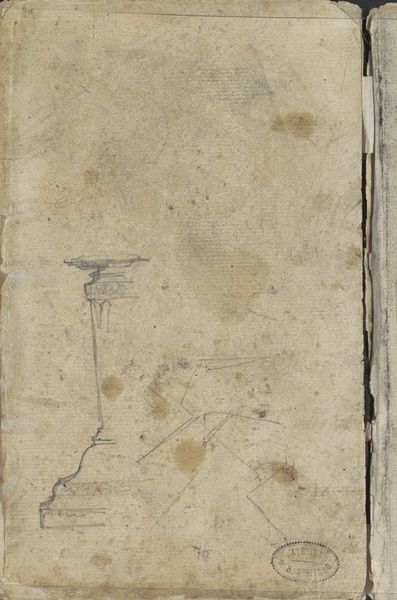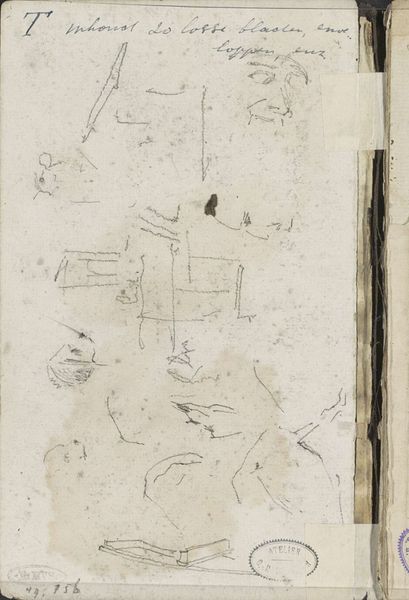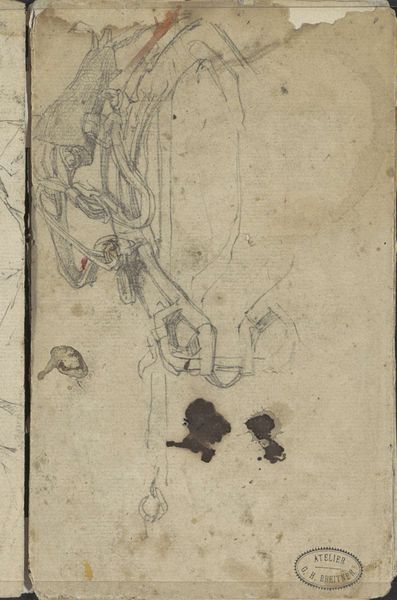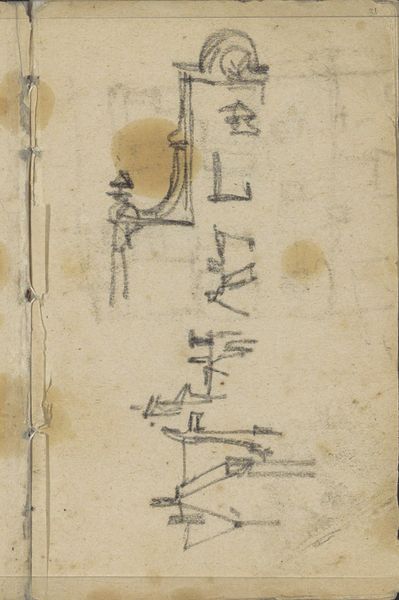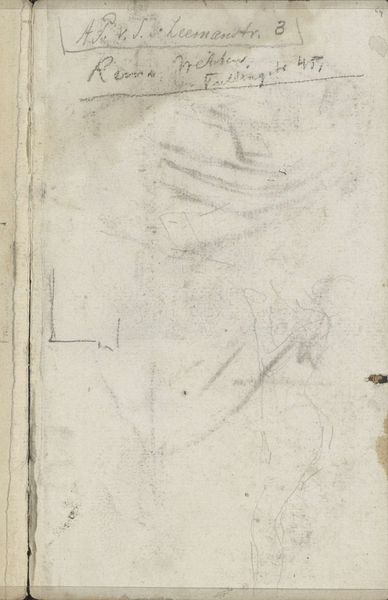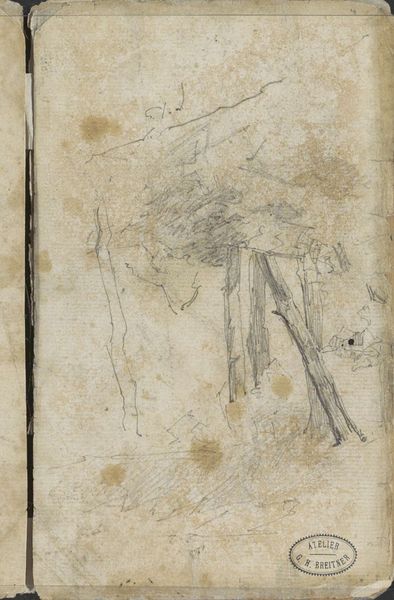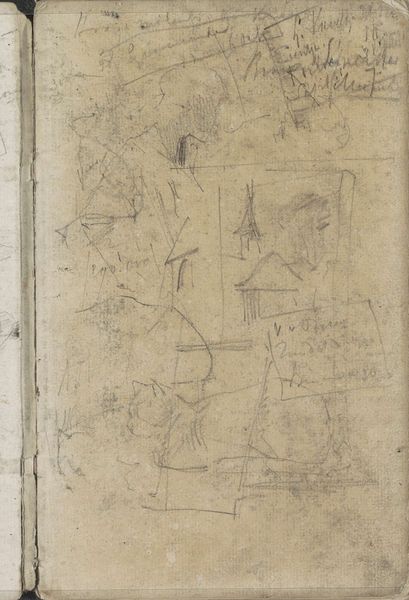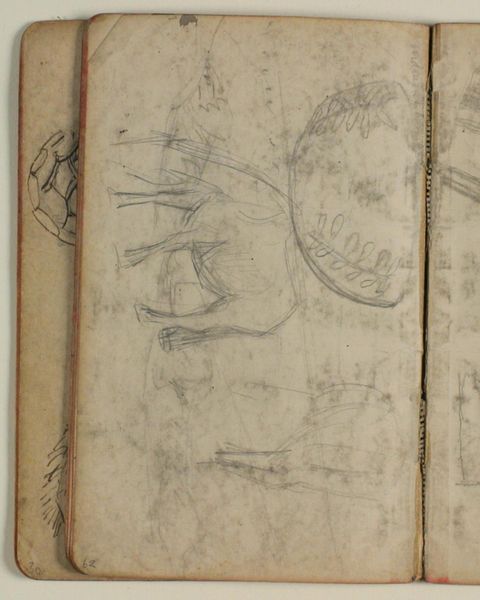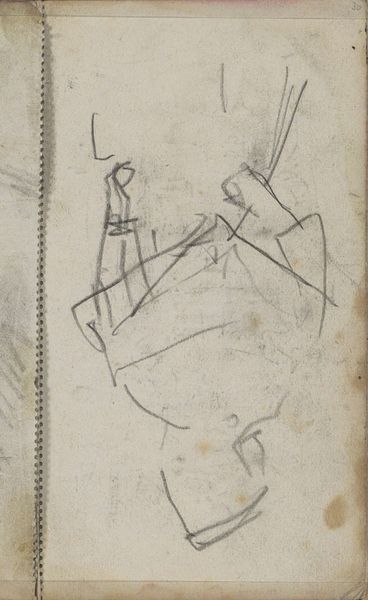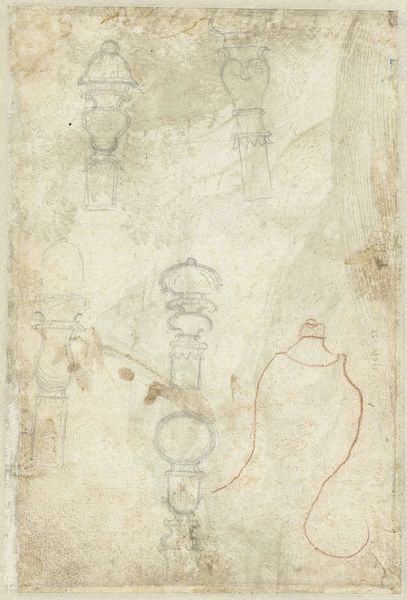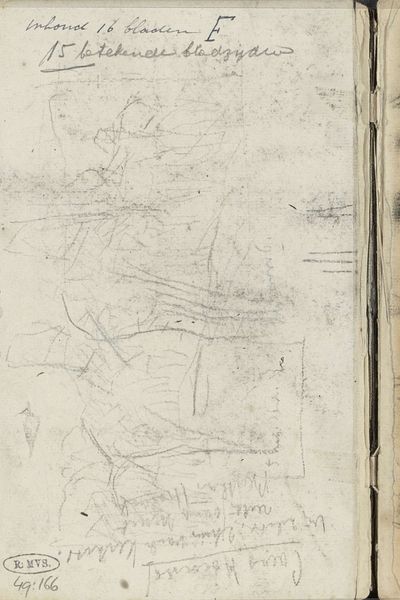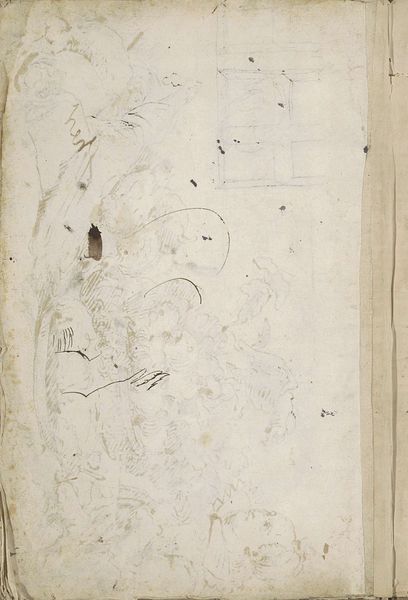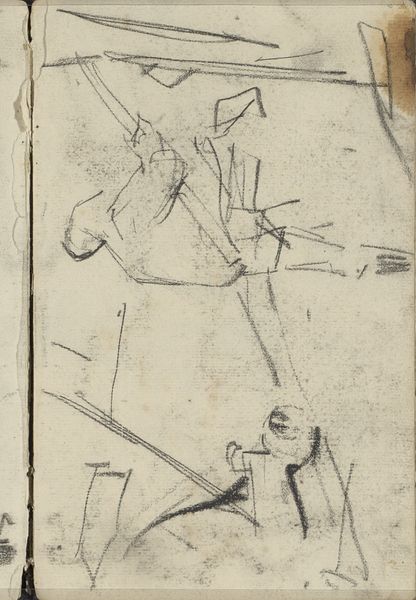
drawing, pencil, graphite
#
drawing
#
coloured pencil
#
pencil
#
graphite
#
realism
Copyright: Rijks Museum: Open Domain
Editor: So, this drawing is called "Paardentuig," which translates to "Horse Harness," by George Hendrik Breitner, potentially made between 1881 and 1886. It’s a drawing using graphite, pencil and coloured pencil. It feels… unfinished, but intensely focused. What catches your eye? Curator: The harness itself, suspended as it is, becomes a constellation of power and servitude. Each strap, buckle, and ring speaks of a deep, historical relationship between humans and animals. Editor: Servitude? That’s quite a strong word. Curator: Consider the weight of expectation. A harness isn't merely a tool; it's the tangible manifestation of labour, control. Think of the cultural weight placed on horses throughout history. War, agriculture, status – they carried it all, quite literally. What feelings arise for you? Editor: I guess I see a tool and a working animal; horses no longer play a big part in most of our lives, maybe that is the break between emotion and function. Curator: The absence of the horse *is* notable. It compels us to imagine its presence, the absent partner, the silent participant. Do you find that emptiness, that lack of 'horse' poignant, even unsettling? It changes the nature of what this arrangement represents. The harness transcends its simple purpose. Editor: I didn’t notice the absence before; the sketch style makes it more… ghostly? I see your point! It’s less about the object, more about what isn’t there. Curator: Precisely. Breitner captures not just an object, but a symbol imbued with layers of cultural memory and absent presence. Editor: I never considered it that way; the symbolism really does make it more powerful than a simple drawing of equipment.
Comments
No comments
Be the first to comment and join the conversation on the ultimate creative platform.

